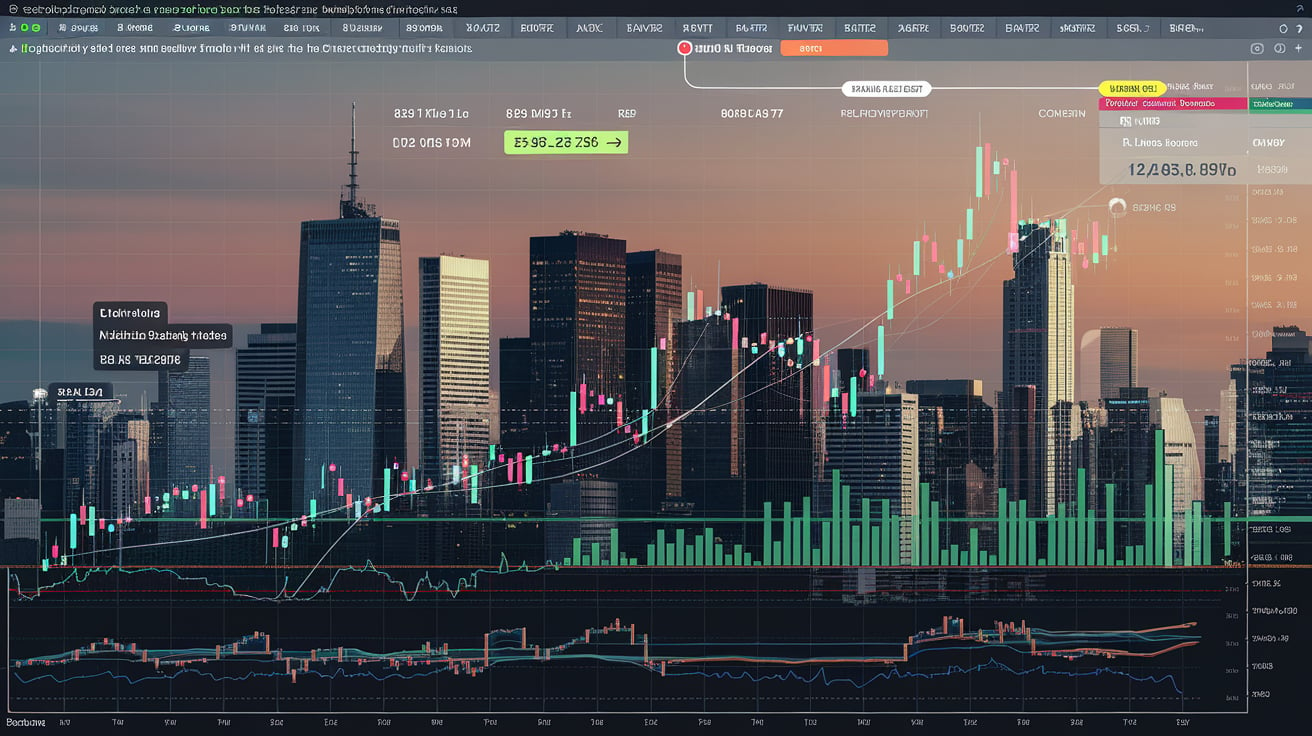Introduction
Data visualisation is a critical component in analysing financial or trading data.Analysts and programmers frequently use matplotlib to generate visual insights, while trade software participants such as Cerebro from the Backtrader framework are used to validate approaches.Combining these innovations yields up new possibilities, particularly for those looking for a quick way to transmit data visualizations from Matplotlib to Cerebro. This article explains you to replicate a matplotlib plot to Cerebro, streamlining your workflow and allowing users to examine every pertinent statistic in a single framework.
Understanding Matplotlib and Cerebro
Before discussing how to copy a Matplotlib plot to Cerebro, it’s essential to understand the functionalities of these two tools. Matplotlib is a powerful Python library for creating static, interactive, and animated visualisations. On the other hand, Cerebro is the engine of the Backtrader framework, designed to backtest trading strategies. Combining these tools allows users to visualise and test their strategy more effectively.
Setting Up the Environment
To begin with, you must ensure the necessary libraries are installed to copy a matplotlib plot to Cerebro. You can do this by installing matplotlib and Backtrader using pip. Open a terminal emulator and run those commands:
Copy code
pip install matplotlib
pip install back trader
Installing these libraries is the first step towards integrating Matplotlib’s data visualisation capabilities with Cerebro’s backtesting power.
Creating a Matplotlib Plot
To understand how to copy a matplotlib plot to Cerebro, you first need to create a basic plot using matplotlib. Here’s an example:
Python
Copy code
import matplotlib.pyplot as plt
data = [1, 2, 3, 4, 5]
plt.plot(data)
plt.title(‘Sample Plot’)
plt.show()
This code snippet creates a simple line plot. The next step is integrating this plot with Cerebro, allowing you to view this visualisation within the Backtrader framework.
Setting Up a Basic Backtrader Strategy
Before learning how to copy a matplotlib plot to Cerebro, you need a basic Backtrader strategy. Here’s a minimal example:
Python
Copy code
import backtrader as bt
class TestStrategy(bt.Strategy):
def next(self):
pass
cerebro = bt.Cerebro()
cerebro.addstrategy(TestStrategy)
cerebro.run()
This sets up a basic strategy that still needs to be completed. Integrating Matplotlib plots will help visualise the results of more complex strategies.
Integrating Matplotlib with backtrader
Understanding how to copy a matplotlib plot to Cerebro involves integrating these two tools. You need to create custom observers or analysers in Backtrader that utilise matplotlib. Here’s how you can achieve this:
Python
Copy code
class MatplotlibObserver(bt.Observer):
def __init__(self):
self.data = self._owner.data
def next(self):
plt.plot(self.data.close[0])
plt.show()
cerebro.addobserver(MatplotlibObserver)
This observer will plot the closing price of your data on each iteration.
Customising the Matplotlib Plot
Knowing how to copy a matplotlib plot to Cerebro includes customising the plot to fit your needs. You can enhance the observer to create more detailed plots:
Python
Copy code
class CustomObserver(bt.Observer):
def next(self):
plt.figure()
plt.plot(self.data.close)
plt.title(‘Custom Observer Plot’)
plt.label(‘Time’)
plt.label(‘Price’)
plt.grid()
plt.show()
cerebro.addobserver(CustomObserver)
This provides a more detailed plot with titles, labels, and grid lines.
Saving the Plot
Part of how to copy a matplotlib plot to Cerebro is saving the plot for later use. Modify the observer to save the plot instead of displaying it immediately:
Python
Copy code
class SavePlotObserver(bt.Observer):
def next(self):
plt.figure()
plt.plot(self.data.close)
plt.title(‘Saved Plot’)
plt.save fig(‘plot.png’)
cerebro.addobserver(SavePlotObserver)
This saves the plot as a PNG file, which you can review later.
Displaying Multiple Plots
Learning to copy a matplotlib plot to Cerebro effectively means handling multiple plots. You can enhance the observer to manage multiple subplots:
Python
Copy code
class MultiPlotObserver(bt.Observer):
def next(self):
plt.figure()
plt.subplot(2, 1, 1)
plt.plot(self.data.close)
plt.title(‘Price’)
plt.subplot(2, 1, 2)
plt.plot(self.data.volume)
plt.title(‘Volume’)
plt.show()
cerebro.addobserver(MultiPlotObserver)
This example shows how to create multiple subplots within a single figure.
Conclusion
Integrating matplotlib with Backtrader’s Cerebro framework can significantly enhance data analysis and strategy testing capabilities. Understanding how to copy a matplotlib plot to Cerebro ensures a more streamlined and efficient workflow. This integration allows for a comprehensive analysis within a single framework, from setting up your environment to customising and saving plots. Whether you are a seasoned developer or a novice trader, mastering this integration will undoubtedly provide deeper insights into your trading strategies.







